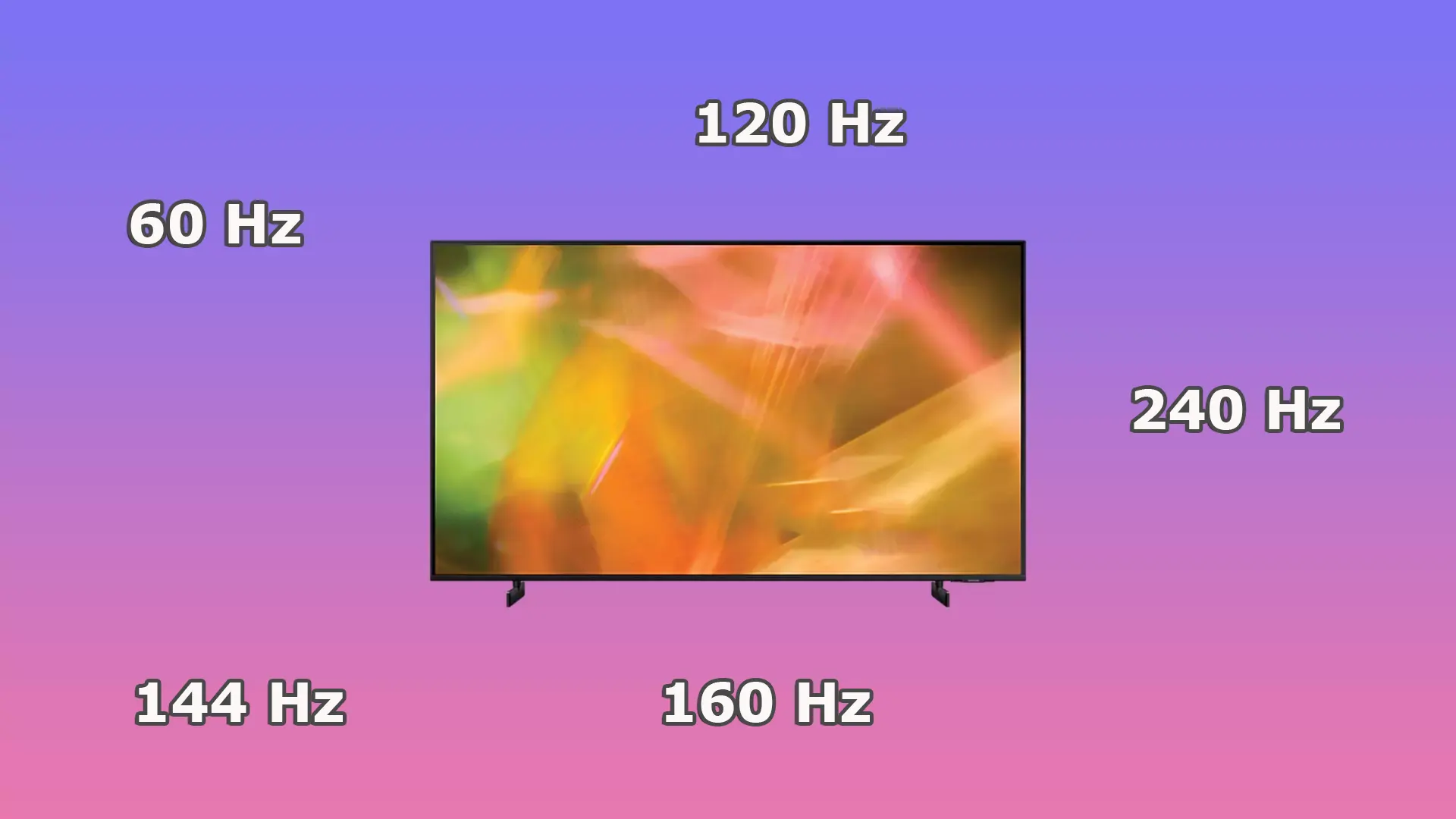To begin with, the race for Hertz is currently taking place in the world of monitors, but only some TVs support 144Hz screen frequency only in gaming mode via HDMI ports.
Speaking specifically about the difference between 144Hz and 170Hz monitors, there is indeed a difference, albeit a small one. Gamers will probably be able to notice it even with an untrained eye. Nevertheless, let’s take a look at the difference between 144Hz and 170Hz.
What the monitor frequency affects
The refresh rate of your monitor affects the smoothness of moving images, especially in games. The higher the refresh rate, the more frames per second the monitor can output, which makes the image clearer and reduces visual artifacts. For games, this is very important because frames are constantly changing and the interractivity of games is tied to objects. Simply put, if a monitor supports a higher frame rate, then it is better and there will be less artifacts from residual images. Monitor and display manufacturers are evolving in this direction, and there are already monitors with 480Hz.
Do you need an ultra-high refresh rate?
If your monitor has a 144 Hz refresh rate, it can display up to 144 frames per second, while a monitor with a 170 Hz refresh rate can display up to 170 frames per second. However, the difference between 144Hz and 170Hz is only noticeable in fast-paced games like shooters, where every extra detail can give you an edge. Today, 240Hz is slowly becoming the new standard for professional gamers. In fact, it is not reasonable to produce monitors with a frequency higher than 240 Hz in terms of cost and usage. If you look at the dynamics of the monitor market, frequency is not the main factor. For example, if you work with spreadsheets, a 60 Hz monitor is sufficient, but if you are a designer and color reproduction is essential, you need a monitor with 10-bit color depth, not 240 Hz. So, super fast monitors are for gamers, but most users will be OK with lower frequencies.
High refresh rates in TVs
TVs are primarily designed to display video content but can also serve as gaming screens. Currently, video content does not exceed a frequency of 120 Hz, so creating TVs with high refresh rates serves little purpose. Manufacturers have recently made progress by adapting TV panels to accommodate the 144 Hz standard used for monitors, resulting in slightly faster and more interactive TVs.
List of refresh rates and response times
Here is a small table listing refresh rates and response times.
| Refresh Rate (Hz) | Maximum Frame Rate (FPS) | Frame Time (ms) |
|---|---|---|
| 60 Hz | 60 FPS | 16.67 ms |
| 75 Hz | 75 FPS | 13.33 ms |
| 120 Hz | 120 FPS | 8.33 ms |
| 144 Hz | 144 FPS | 6.94 ms |
| 165 Hz | 165 FPS | 6.06 ms |
| 170 Hz | 170 FPS | 5.88 ms |
| 240 Hz | 240 FPS | 4.17 ms |
| 360 Hz | 360 FPS | 2.78 ms |
| 480 Hz | 480 FPS | 2.08 ms |
The best solution is to buy a 144Hz monitor. You will really see a difference compared to a 60Hz monitor, but buying a higher-frequency monitor is hardly justified unless you are a gamer. Besides, to get such high frequencies, you need a powerful graphics card, which may cost more than the monitor itself.






